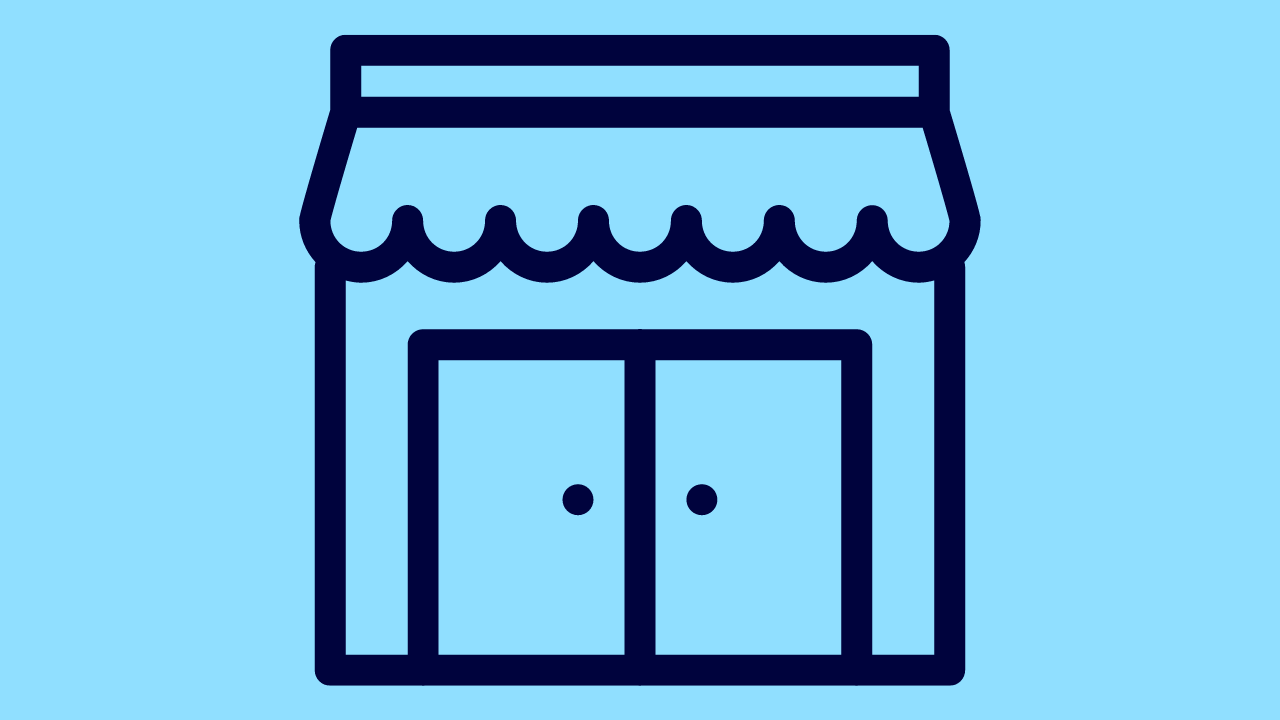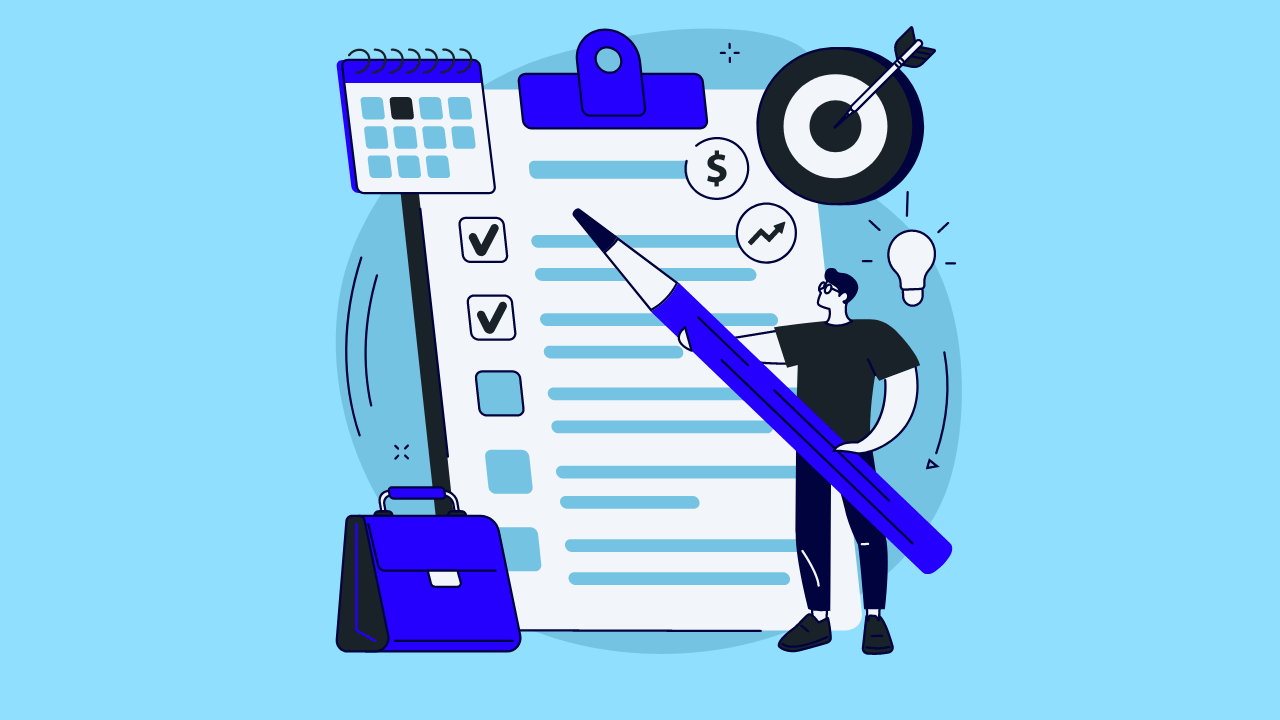For many, taking the leap to start your own small business is a ticket to professional happiness and an escape from the drudgery of a traditional corporate career. Learning the value of these essential facets of starting a small business lets you combine what you enjoy doing with your skills while making a good living simultaneously. Below, we’ve outlined 10 steps for how to start a small business.
1. Have an Idea and Conduct Research
Don’t start a small business to get rich; start one to be happy earning a good living.
People usually start a small business to escape the corporate world or use their hard-earned skills to drive an innovative product or service. People also start companies to enhance their family’s earning power to become economically self-reliant.
Ensure you know and understand these key elements:
- Your financial status; can you afford the project without piling up debt?
- Does the new business match your interests, skills, and experience?
- Does your spouse/family support starting a new business?
- What is the state of the local economy?
- Where is the industry going; will you lead or follow?
- How does your new company differentiate?
Aligning your interests with your skills and experience is the best approach to starting a new business. These research and analytical tools can help decide what kind of company to start:
- Bubble and Business News Daily offer some great ideas about how to start a small business. But remember, just because you know how to read a menu doesn’t mean you should open a restaurant.
- In addition to considering the elements described above, perform an in-depth SWOT Analysis of your startup's Strengths, Weaknesses, Opportunities, and Threats (SWOT).
2. Choose a Business Structure

Aside from developing a good business plan, selecting the structure of your startup is the most crucial decision you’ll make. General considerations include but are not limited to:
- Will your small business operate at home, online, or brick & mortar?
- What licenses and laws apply to your business?
- Can you comply with state HR and payroll regulations?
When deciding the best corporate structure for your type of business, be sure to take the time to research the types of corporate structures and the pros and cons of each.
Sole Proprietorship: Great for starting most small businesses; has simple tax requirements. Often known as “Doing Business As (DBA).”
Limited Liability Corporation (LLC): This business structure offers limited liability protection and pass-through taxation and exists as a separate entity from its owners. Owners are not responsible for the company’s debts or liabilities. LLCs are taxed similar to Sole Proprietorships.
S Corporation (S Corp): Offers certain tax advantages over C and LLC corporations because it can pass income (along with other credits, deductions, and losses) directly to shareholders without paying federal corporate taxes.
Partnership: A company formed between two or more people to manage a business and share its profits and liabilities. Great for startups that offer professional services.
Corporation: A corporation operates as a separate and distinct legal entity owned by shareholders and managed by a Board of Directors that oversees daily operations. It has a complex tax structure depending on state and industry.
(Disclaimer: This content is for information purposes only. Please consult your tax professional for tax advice.)
3. Assess Startup Costs and Estimate Funding Requirements
Consider ALL aspects of your small business startup by creating a simple Excel spreadsheet outlining your expenses/costs for each month during the first two years. Be as detailed and comprehensive as possible to avoid missing hidden costs that are sure to bite you later.
List the cost of fees, licenses, office supplies, printing/postage, rent, travel, payroll, etc.
Now you’re in a great position to determine how much cash you’ll need to run the business and create a good business plan. There are numerous resources new companies can tap into to acquire startup business funding, including:
- Savings (Gives you the most autonomy and control)
- Second Mortgage
- Investors/Angels
- Small Business Loans (SBA)
- Banks
- Crowdfunding
- Your friends (Gives you the least autonomy and control)
4. Write a Good Business Plan

Writing a business plan is critical. A good plan will pay dividends because it determines if your “Proof of Concept” is sound and worthy of investor money and your time. Be honest with your numbers and never try to fool yourself.
A thorough business plan has eight parts:
- Executive Summary - Condenses the plan on one page
- Concept and Operations - Shows how your business is run
- Identifies the Market - How much of that market you’ll capture
- Competitive Advantage - How you will beat competitors
- Owner/Team Qualifications – Shows your team’s experience
- What is needed for the first year - Cash, office space, technical help, etc.
- Income/Profit Summary
- Two-Year Income/Cash Flow Statement
There are plenty of business plan templates available online, including free ones, to get you started, like this free template from Business News Daily.
5. Register Your Company’s Name
Company name registration is a critical part of forming a small business. And while you register business names at the state level, registration is a federal requirement for all business structures except for the sole proprietorship.
Once you've settled on the perfect name for your company, confirm it is available and register it accordingly. Ensuring name availability and registration is straightforward but can differ from state to state. Just search “how to register a business name in STATE” and look for your state’s corresponding website in the results.
You’ll find the requirements for licenses and permits here as well.
6. Secure a Federal ID Number
Also known as Employee Identification Number (EIN), if your business is located in the United States or U.S. territories, you can easily find out more information and apply for this on the IRS website here. You’ll not only need this for tax purposes, but also to open a business bank account.
7. Choose the Right Business Applications
Having the right business applications will help you to run your business efficiently. With a bit of research, you'll find a host of options for most functions, even some with free subscriptions. It will be up to you to decide what will work best for your business. Here are just a few examples to get your research started:
- Customer Relationship Management (CRM) system to track clients and sales pipelines like HubSpot and Monday.com
- Credit card and payment processing tools like Square and Merchant Services
- Online marketing and email solutions like Mailchimp and Constant Contact
- Accounting, billing, and payroll systems like Zoho and QuickBooks
8. Build Your Website

Having an online presence is key to most successful business marketing strategies. The good news is that if you aren’t a software developer or don’t want to purchase an out-of-the-box template from a hosting platform like GoDaddy or Squarespace, Bubble helps non-techies build powerful no-code websites, including ones with flexible e-commerce features.
Bubble’s no-code platform accommodates a multitude of business models. You can deploy a functional e-commerce site in 10 days while eliminating the need for you to know coding or web design. Bubble’s platform saves time, money, blood, sweat, and tears. No-code? No problem!
Additional Tips for Starting a Small Business
There is a lot involved in starting a small business; following the steps listed above will get you started with the basics and keep you from becoming overwhelmed. As you progress, here are some additional tips to keep in mind:
- Make sure you have a trusted tax accountant, insurance agent, and lawyer.
- Starting thinking how you will build your staff/team. Your business plan will help convince them to come aboard.
- Create a solid Minimum Viable Product (MVP) template if your startup will make products that require engaging features to attract new customers. (And once you want to build it live, try Bubble.)
Time to Embark on Your New Adventure
Becoming a new small business owner is an exciting and engaging new chapter in a person’s life. It’s an opportunity to take control of your own path instead of what a corporation demands.
Understanding why you want to embark on this journey, choosing the most suitable business model, and solid planning are the most critical elements in your decision. Writing a comprehensive business plan and the right business tools (like Bubble) will determine your success.
About Bubble
Bubble is a leader in the no-code movement. Bubble offers a powerful point-and-click web editor and cloud hosting platform that allows users to build fully customizable web applications and workflows, ranging from simple prototypes to complex marketplaces, SaaS products, and more.
Millions of users are building and launching businesses on Bubble — many have gone on to participate in top accelerator programs, such as Y Combinator, and even raised $365M in venture funding. Bubble is more than just a product. We are a strong community of builders and entrepreneurs who are united by the belief that everyone should be able to create technology.
Build for as long as you want on the Free plan. Only upgrade when you're ready to launch.
Join Bubble







